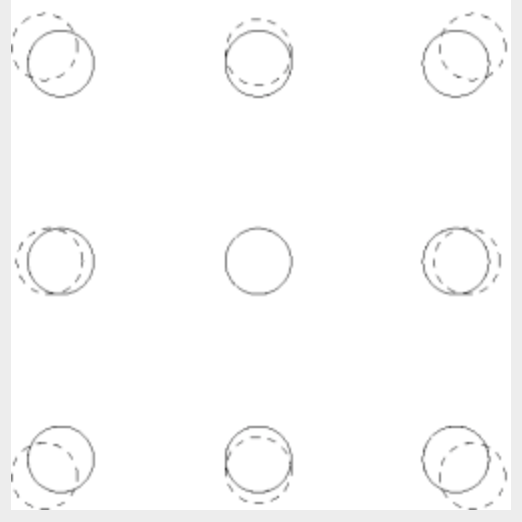2.4: Ejercicios del Capítulo 2
- Page ID
- 113166
\( \newcommand{\vecs}[1]{\overset { \scriptstyle \rightharpoonup} {\mathbf{#1}} } \) \( \newcommand{\vecd}[1]{\overset{-\!-\!\rightharpoonup}{\vphantom{a}\smash {#1}}} \)\(\newcommand{\id}{\mathrm{id}}\) \( \newcommand{\Span}{\mathrm{span}}\) \( \newcommand{\kernel}{\mathrm{null}\,}\) \( \newcommand{\range}{\mathrm{range}\,}\) \( \newcommand{\RealPart}{\mathrm{Re}}\) \( \newcommand{\ImaginaryPart}{\mathrm{Im}}\) \( \newcommand{\Argument}{\mathrm{Arg}}\) \( \newcommand{\norm}[1]{\| #1 \|}\) \( \newcommand{\inner}[2]{\langle #1, #2 \rangle}\) \( \newcommand{\Span}{\mathrm{span}}\) \(\newcommand{\id}{\mathrm{id}}\) \( \newcommand{\Span}{\mathrm{span}}\) \( \newcommand{\kernel}{\mathrm{null}\,}\) \( \newcommand{\range}{\mathrm{range}\,}\) \( \newcommand{\RealPart}{\mathrm{Re}}\) \( \newcommand{\ImaginaryPart}{\mathrm{Im}}\) \( \newcommand{\Argument}{\mathrm{Arg}}\) \( \newcommand{\norm}[1]{\| #1 \|}\) \( \newcommand{\inner}[2]{\langle #1, #2 \rangle}\) \( \newcommand{\Span}{\mathrm{span}}\)\(\newcommand{\AA}{\unicode[.8,0]{x212B}}\)
Con respecto a la figura de truss unixial,
- Derivar las\(K\) matrices\(A\) y resultantes de la extracción del cuarto resorte,
- Compute la inversa, a mano vía Gauss-Jordan, del resultante\(A^{T} KA\) con\(k_{1} = k_{2} = k_{3} = k\)
- Utilice el resultado de (ii) para encontrar el desplazamiento correspondiente a la carga\(\textbf{f} = (0, 0, F)^{T}\)
Generalizar el ejemplo 3, el truss plano general, al caso de 16 nodos conectados por 42 fibras. Introduce una fibra rígida (digamos\(k=100\)) y muestra cómo detectarla eligiendo 'correctamente'\(\textbf{f}\) la gráfica antes-después en el módulo plano general, a partir del cual se concluye la presencia de una fibra rígida.



